Astronaut brings space-flight stories to medical rehab facility
| Published: 05-17-2017 12:33 AM |
NORTHAMPTON — In 1995, Boston-area native Albert Sacco Jr. hurtled into space at 17,596 mph and saw “the blackest black you’ve ever seen.”
“Blacker than the blackest velvet,” he said of space to a room of patients and other visitors at the CareOne at Northampton medical rehabilitation complex on Tuesday. And Earth? “Here’s this beautiful robin’s-eggs blue, hanging out there like a Christmas tree ornament.”
There are billions of stars, visible from all directions.
“You get to see colors — yellows, reds and greens of aging stars,” he said.
Sacco, 68, who lives in Lubbock, Texas, worked among six other crew members as a payload specialist to fly into space aboard the space shuttle Columbia on Oct. 20, 1995, landing at Kennedy Space Center in Florida 16 days later. His daughter, Jennifer Sacco Cooper, who works at CareOne, invited her father to give the presentation.
Sacco received his Ph.D. in chemical engineering from the Massachusetts Institute of Technology in 1977.
He focused his talk on what it felt like to be launched into space, the types of experiments conducted, different landscapes taken in from overhead views and the environmental pollution evident from space.
“It’s 10 times faster than a bullet out of a rifle barrel,” he said of the space shuttle being shot into space, accelerating to a maximum speed of more than 17,000 mph. “So if the shuttle came by right now, you wouldn’t even see it. You’d just hear ‘whish’ and it’d be gone.”
Article continues after...
Yesterday's Most Read Articles
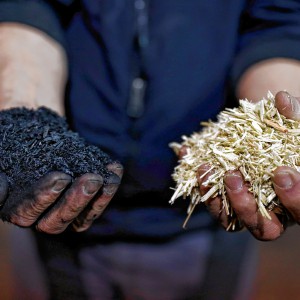 Locking up carbon for good: Easthampton inventor’s CO2 removal system turns biomass into biochar
Locking up carbon for good: Easthampton inventor’s CO2 removal system turns biomass into biochar
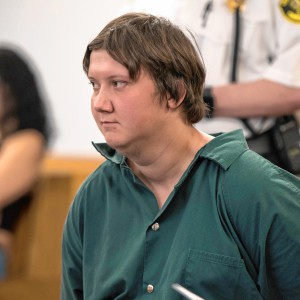 Northampton man will go to trial on first-degree murder charge after plea agreement talks break down
Northampton man will go to trial on first-degree murder charge after plea agreement talks break down
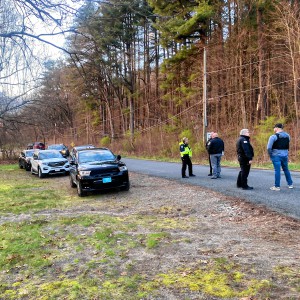 Police report details grisly crime scene in Greenfield
Police report details grisly crime scene in Greenfield
 Area property deed transfers, April 25
Area property deed transfers, April 25
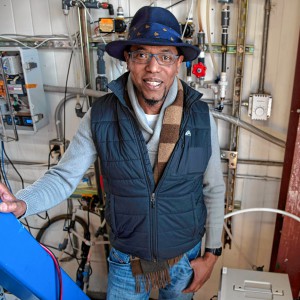 Advancing water treatment: UMass startup Elateq Inc. wins state grant to deploy new technology
Advancing water treatment: UMass startup Elateq Inc. wins state grant to deploy new technology
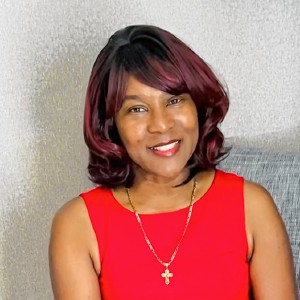 Super defers Amherst middle school principal pick to successor; one finalist says decision is retaliation for lawsuit
Super defers Amherst middle school principal pick to successor; one finalist says decision is retaliation for lawsuit
The team conducted 127 experiments on board, Sacco said, ranging from combustion science to fluid physics to biotechnology. Sacco said he was “most famous for producing the first HIV crystals in orbit, that we use to develop retrodrugs” to treat HIV/AIDS.
The team also tried to grow zeolite crystals for gasoline in orbit, grew the first potatoes in orbit — “they grow differently, they grow faster” and the “distribution of carbohydrates was different in the roots” — and grew different alloys in orbit in an effort to revolutionize vehicle motors. The team also worked with the touch-screen technology now used in smartphones and tablets.
The scientists also investigated the pineapple crop in Hawaii and the rice crop in Thailand.
“We used infrared radiation to determine the moisture content,” Sacco said. “From that, we can determine diseases. We did that for the king of Thailand. He was having trouble with his rice fields.”
Sacco also showed aerial photos of pollution to demonstrate how municipal waste dumping kills coral reefs, how particle pollution spreads, and how, like in Bangkok, Thailand, smog can be seen from space.
“This is smog,” he said, pointing to a cloudy trail pluming off from Bangkok. “It’s so much (pollution) you could see it from orbit.”
The space program, Sacco said, has produced immeasurable benefits for mankind back on Earth.
He said the next generation will have many challenges, including developing alternative energy sources, improving water and food delivery, control of pandemics, and sustainable education.
“When you kids graduate from college, you’ll be expected to re-educate yourself every three to four years,” Sacco said. “Learn how to learn.”
Jack Suntrup can be reached at jsuntrup@gazettenet.com.

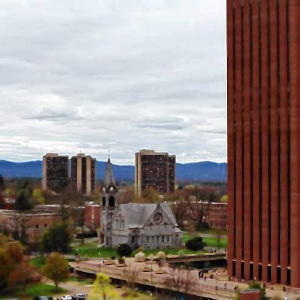 Federal probe targets UMass response to anti-Arab incidents
Federal probe targets UMass response to anti-Arab incidents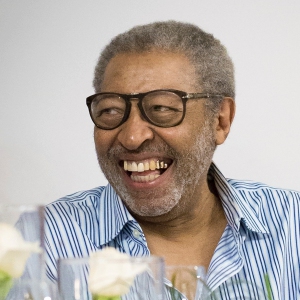 William Strickland, a longtime civil rights activist, scholar and friend of Malcolm X, has died
William Strickland, a longtime civil rights activist, scholar and friend of Malcolm X, has died
